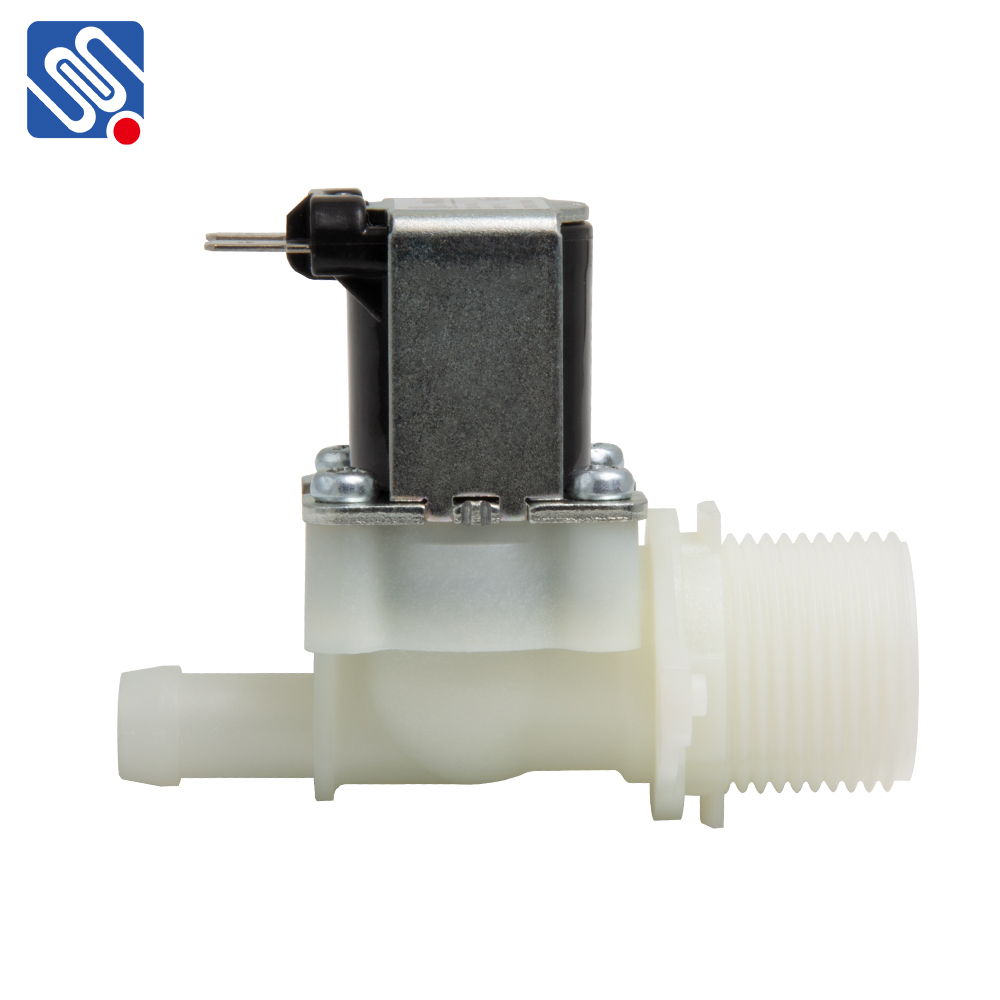water solenoid valve: essential component for efficient fluid control
Release time:2025-04-16 14:28:22
A water solenoid valve is a vital component in many fluid control systems, offering a reliable and efficient method for regulating the flow of water. These valves are widely used in applications ranging from irrigation systems to industrial machinery, and even in household appliances. By using electrical signals to control the opening and closing of the valve, water solenoid valves provide an automated solution for managing water flow, offering significant advantages in both convenience and precision. In this article, we will explore the workings of a water solenoid valve, its various applications, benefits, and maintenance tips.

How Water Solenoid Valves Work
A solenoid valve is essentially an electromechanical valve that opens and closes when an electrical current is applied to the solenoid coil. The solenoid is a coil of wire through which electricity passes to generate a magnetic field. This magnetic field actuates a plunger or a piston inside the valve, allowing water to flow through or blocking it.
In the case of a water solenoid valve, the design is typically simple and reliable. The valve body is made of durable materials such as brass, stainless steel, or plastic, ensuring that it can handle the pressure and temperature of the water being controlled. When an electrical current is supplied to the solenoid, it moves a plunger or a diaphragm, either opening or closing the valve. The result is that the flow of water is either allowed or restricted, depending on the specific needs of the system.

